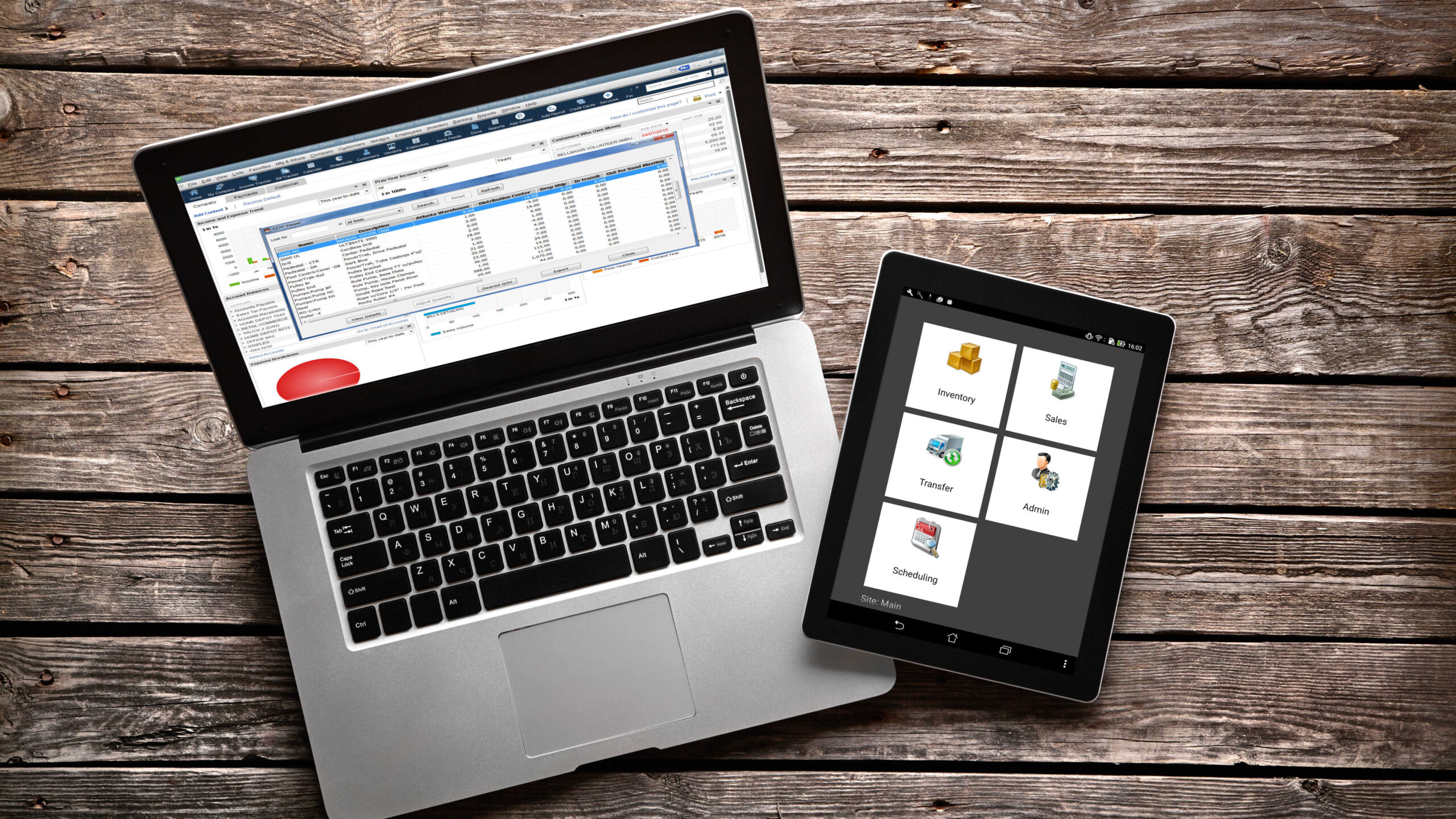Integrating equipment lease software into your business operations is a strategic move that can enhance efficiency, reduce costs, and improve compliance with financial regulations. The process involves careful planning and execution to ensure a smooth transition and maximum benefit from the new system. This article outlines a step-by-step approach to integrating equipment lease software into your business, ensuring you leverage its full potential from the outset.
Step 1: Assess Your Needs
The first step in integrating equipment lease software is to thoroughly assess your business needs. Consider the size of your lease portfolio, the complexity of your leases, and your specific challenges in managing them. Identify key features you need, such as compliance with accounting standards, payment tracking, and reporting capabilities. Understanding your requirements will help you select a software solution that best fits your business.
Step 2: Research and Select a Software Provider
Once you’ve defined your needs, research potential equipment lease software providers. Look for solutions that offer the features and capabilities you require. Consider factors such as ease of use, scalability, integration with existing systems, and customer support. Request demonstrations and trial access to evaluate how well each software meets your needs before making a decision.
Step 3: Plan the Integration Process
With a software provider selected, plan the integration process. This involves setting a timeline, allocating resources, and defining roles and responsibilities. Consider how the new software will interact with your existing systems and any adjustments needed. Planning also includes preparing for data migration, ensuring that all necessary lease information is accurately transferred to the new system.
Step 4: Train Your Team
Before implementing the new software, it’s crucial to train your team on how to use it effectively. This training should cover all key features and functionalities, as well as best practices for data entry, reporting, and compliance. Ensure that everyone who will interact with the software has the knowledge and confidence to use it efficiently.
Step 5: Implement the Software
With planning and training complete, you’re ready to implement the equipment lease software. Begin by migrating your lease data into the new system, carefully checking for accuracy during the process. Once your data is in place, start using the software for daily lease management tasks. Pay close attention during the early stages of implementation to identify and address any issues promptly.
Step 6: Monitor and Optimize
After implementation, continuously monitor the software’s performance and the impact it has on your lease management processes. Gather feedback from users and look for areas where the software can be optimized to better meet your needs. Regularly review your lease portfolio and the software’s reporting and analytics features to make informed decisions about your leased assets.
Conclusion
Integrating equipment lease software into your business requires careful planning, thorough training, and ongoing optimization. By following this step-by-step approach, you can ensure a smooth transition to the new system and realize significant benefits in terms of efficiency, cost savings, and compliance. Equipment lease software is a powerful tool that, when effectively integrated, can transform your lease management processes and contribute to the overall success of your business.











